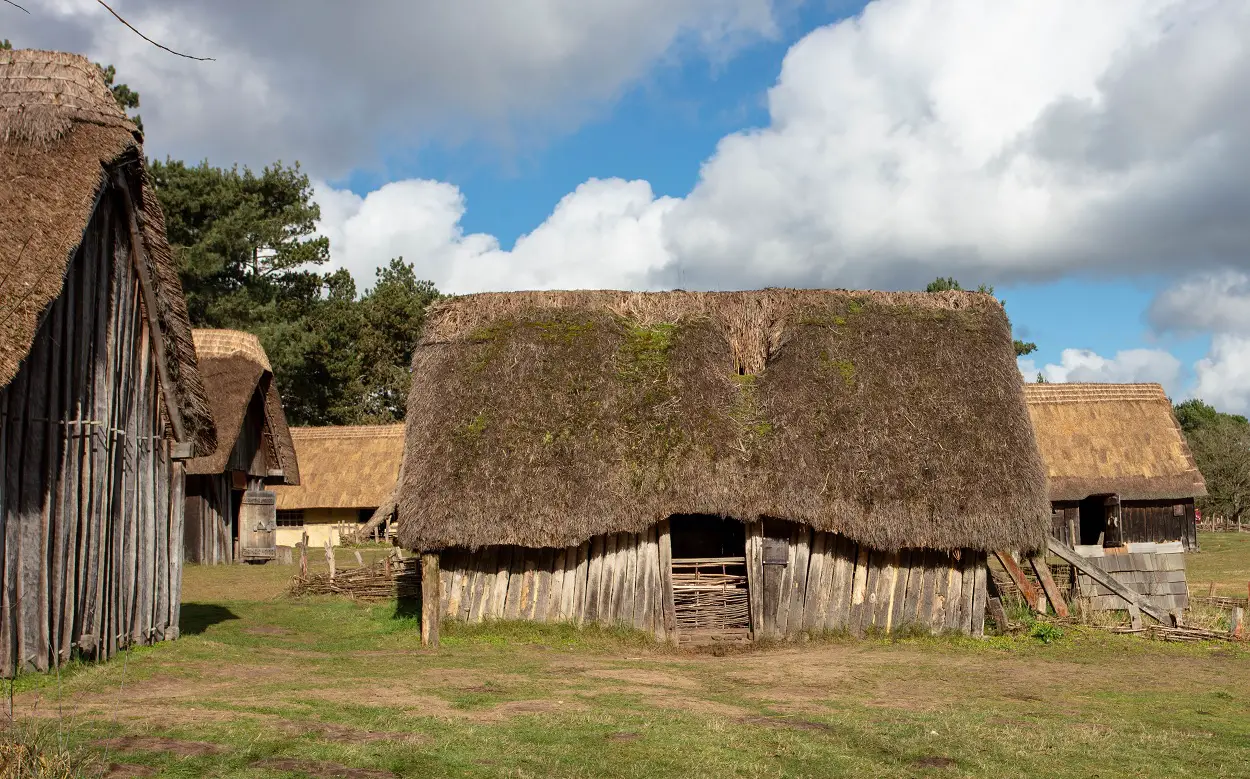A new study, led by archaeologists from UCL Archaeology South-East, has revealed evidence of a lost medieval kingdom in West Sussex, England.
Following the collapse of Roman Britain, the British Isles fragmented into small warring indigenous kingdoms.
Germanic groups such as the Saxons, Angles, Jutes and Frisians, led campaigns of conquest against the indigenous people and established the kingdoms of Sussex, Kent and Essex in the South east.
In the Midlands they founded the kingdoms of Mercia and East Anglia, while further north the kingdom of Northumbria.
Eventually, the kingdoms were dominated by Northumbria and Mercia in the 7th century, by Mercia in the 8th century, and then by Wessex in the 9th century.
According to archaeologist, Dr Michael Shapland, the people of West Sussex successfully resisted Saxon rule for centuries and he questions the narrative about Sussex’s formative history.
The foundation legend of Sussex is provided by the Anglo-Saxon Chronicle, which states that Ælle and three of his sons landed at Cymensora somewhere in Sussex and defeated a defending force of Britons. There he founded the Kingdom of the South Saxons, today referred to as the Kingdom of Sussex.
Dr Shapland argues that Sussex was not one kingdom, but at least three kingdoms with distinct origins, roughly equivalent to modern-day East Sussex, West Sussex, and Hastings. This is supported by a gap in the archaeological record for Saxon occupation in the West Sussex area, in contrast to east of the River Arun which has centuries of Saxon settlement.
“It is not just a lack of Saxon archaeology that is interesting, but also the presence of very rare and significant “British” archaeology. A 5th century AD great stone hall discovered at a Roman villa in Marden, north of Chichester, is one of a handful known anywhere in Britain,” said Dr Shapland.
Sussex is generally held to be the last of the Anglo-Saxon kingdom’s to convert to Christianity. Wilfrid, an English bishop and saint is attributed with Christianising the pagan population of Sussex in AD 681 and built a cathedral at Selsey, the site of the king’s residence.
According to Dr Shapland, there were likely several British churches in the area that predate the possibly biased historical accounts of Wilfred’s ‘successful’ Christianisation of Sussex.
Additionally, the choice of Selsey over the Roman city of Chichester seems illogical. Instead, Dr. Shapland suggests that Wilfred chose an existing church in Selsey and claimed it as his Cathedral as part of a political maneuver, using the Saxon form of Christianity to dominate rival kings.
“Wilfrid’s influence in Sussex would eventually destabilise the kingdom. Æthelwealh was killed in battle by a West Saxon prince named Cædwalla in 685 – partially upon the influence of Wilfrid,” said Dr Shapland.
It is also worth noting that Æthelwealh, whose name means “noble Briton” is a contradiction to the narrative. “Why was this supposed Saxon king using such a British name? Perhaps it is because he wasn’t a Saxon king at all.”
Header Image Credit : Shutterstock
Sources : UCL Archaeology South-East





